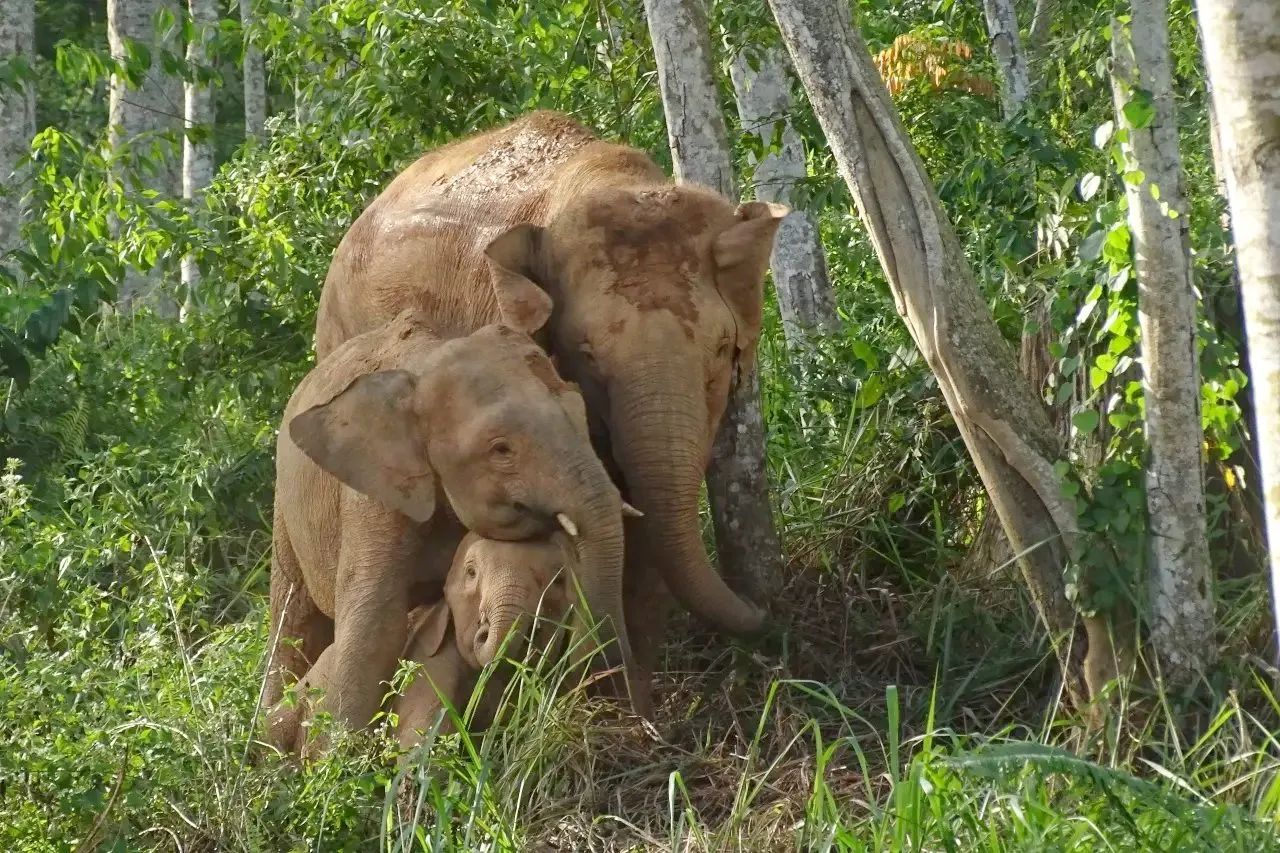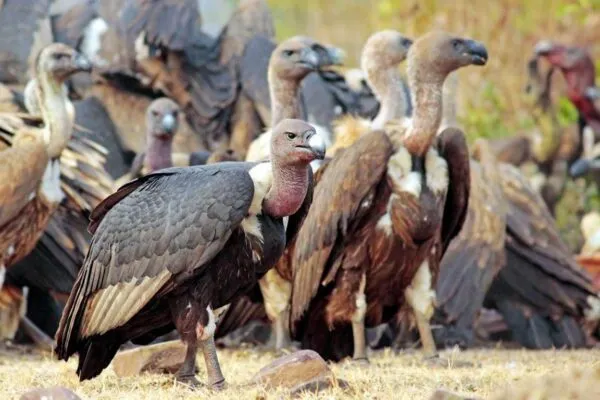World’s Smallest Elephant is Endangered, Can We Save the Species Before Time Runs Out?
Population dwindled down to 1,000 in the wild
It has become so common to see an animal species being listed as endangered, it no longer surprises me. But that doesn’t mean it fails to create a twinge of sadness at the failure of the human race in protecting fellow species, especially, when most of the extinct or endangered species are a result of anthropogenic activities. The latest to join the latter category is the world’s smallest elephant, which was listed on the IUCN Red List of engendered species after the number of the animal reached only 1,000 members in the wild.
The Bornean elephant is the world’s smallest member of the family. Unfortunately, it has lost too much of its natural habitat due to deforestation. Standing three feet smaller than its Asian cousins, the species is only found on the island of Borneo.
There is still hope to save the elephant through conservation as indicated by Benoit Goossens, a wildlife biologist at Cardiff University and director of the Danau Girang Field Centre in Sabah. In a conversation with BBC, he elucidated, “The message of hope is that there are many organizations in Sabah, including the government, that are working very hard to conserve the elephant.”

Image: Cheryl Cheah/WWF-Malaysia
The primary threat to the Bornean elephants is the relentless deforestation, which prompts them to wander into human settlements and lead to human-wildlife conflicts. There are an estimated 1,000 members of the species in the wild, with most of the remaining population residing in Sabah, Malaysian Borneo. There had been debate about the classification of the animal but the elephants on Borneo have been listed endangered as a separate subspecies of Asian elephant for the first time.
The new research, which confirmed the status of the Bornean elephant as a subspecies, included WWF Malaysia’s Dr. Cheryl Cheah. Cheah says, “As a distinct subspecies of the Asian elephant, these animals are unique to the island of Borneo and part of our natural heritage. The inclusion of Bornean elephants on the Red List is a pivotal step to galvanize conservation efforts and direct resources to areas of utmost importance…Their classification as ‘Endangered’ underscores the urgency of collaborative conservation action to limit human-elephant conflict and prevent the further loss and fragmentation of their habitat. Managing both of these issues effectively will be crucial to safeguard their future survival.”

Image: Cheryl Cheah/WWF-Malaysia
The loss of wildlife and deforestation in Malaysia and Indonesia is credited to the growth of the palm oil industry. While damaged crops and retribution killings of elephants in human habitation are a cause of worry, hunting for ivory and accidental poisoning from agricultural chemicals have also contributed to the dwindling population.
Although the Red List can have a significant impact on the conservation efforts of a particular endangered species, the plight of animals is hard to change given we have encroached too much onto their habitats to expand our concrete jungles. Nevertheless, this move by the IUCN will raise awareness and boost support.
It might be a long road ahead, but I believe categorizing Borneo elephants as subspecies and adding them to the endangered species list is the first step toward its conservation. However, this is not enough by a long shot.
Awareness and support for conserving a threatened species is a must but it is more important to abolish the root cause of their declining numbers. Aggressive agricultural, forest clearance, and ravaging of natural habitats of various species must be scrutinized and put within confines of the law for the well-being of the planet and all of its inhabitants.


